Android Wear 2.0: everything you need to know
The Android-flavored rival to Apple Watch
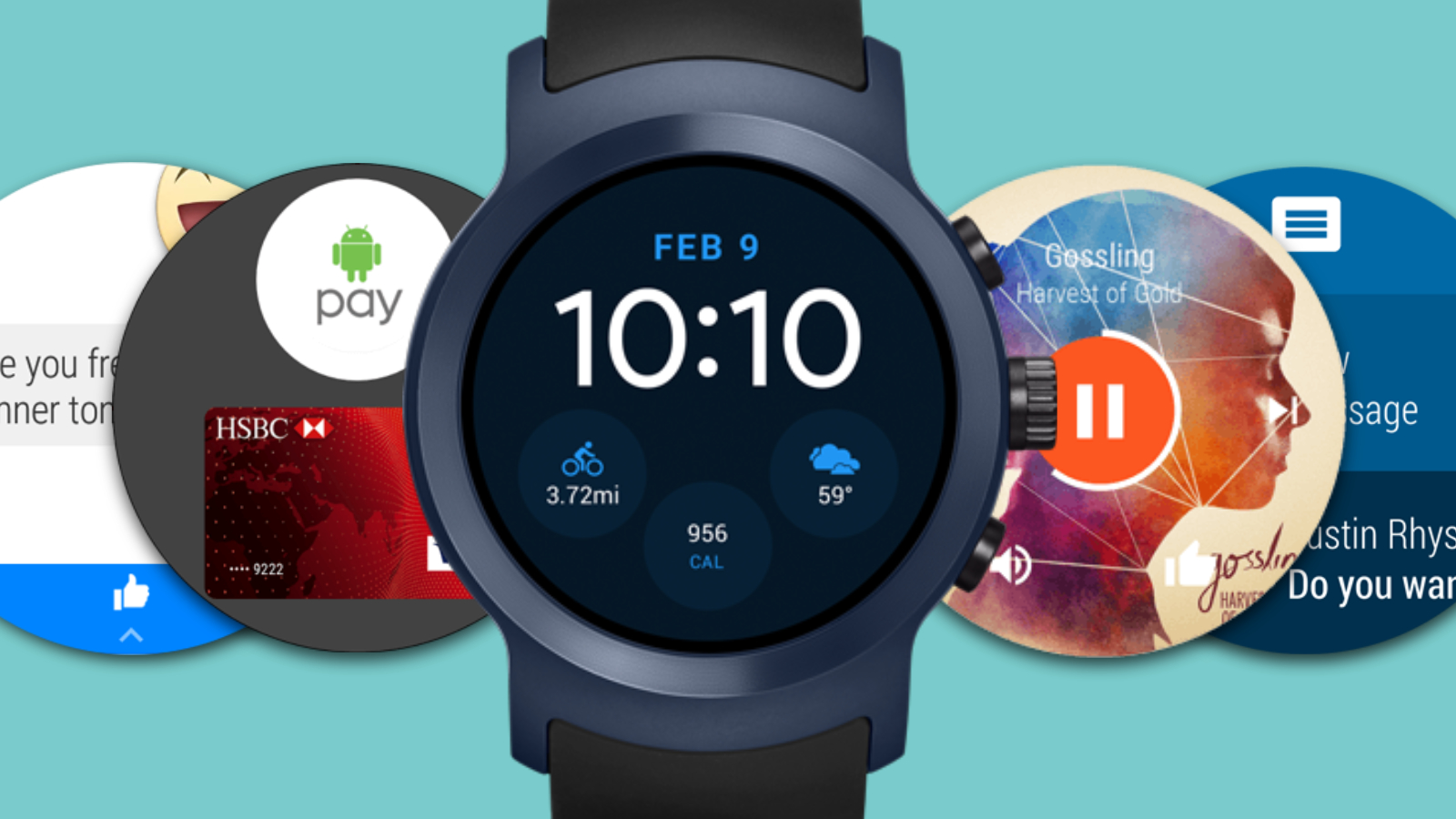
Update: Android Oreo has come to Android Wear and brought a few new features with it. You'll find information on that below, along with in-depth details about all the core Android Wear 2.0 features.
Android Wear 2.0 is the biggest update to come to Google's smartwatch operating system yet and it gives its main competitor, the watchOS-running Apple Watch 3, a real run for its money.
The biggest improvement it has over version 1.5 is the ability to run native apps without the need for a smartphone nearby. Several other features come in a close second, like the customizable watch face complications, embedded Play Store and the welcome update to Google Fit.
Alongside the overhaul, Google and LG released two watches to properly show off what it can do, the LG Watch Sport and LG Watch Style. However, since then we've seen a whole range of Android Wear 2.0 watches, such as the Huawei Watch 2 and Fossil Q Venture.
Additionally, the new software has made its way to many older Android Wear 2.0-compatible smartwatches, and some watches are now getting an even newer update, bringing the software in line with Android Oreo.
Below you'll find information on how it works, all the current features, the key apps and lastly, all about the Android Wear watches of the past, present and future.
- Check out the best Android Wear smartwatches 2017
Cut to the chase
- What is it? Google's wearable platform
- When is it out? Update should have already hit your watch
- What will it cost? Absolutely nothing, as long as you have a compatible watch
Android Wear 2.0 release date
Android Wear 2.0 has now launched, and also rolled out to compatible legacy watches. It won't cost you anything, but not all Android Wear watches will be getting the update.
Sign up for breaking news, reviews, opinion, top tech deals, and more.
Here's the full list of those confirmed to be getting it.
The list is extensive, so there's a good chance your watch will be on it, and that's good news, as Android Wear 2.0 is a major update, as we'll explain below.
Android Oreo
While you should now have Android Wear 2.0 on your wrist, there's a newer, smaller update that you might not have yet.
It doesn't change the Android Wear version, but does change the underlying Android version from Nougat to Oreo, bringing a few new features along for the ride.
This includes several different vibration settings that you can choose between for when you get alerts on your wrist, and a touch lock mode, which disables the touchscreen - handy if you're using your watch in the rain and don't want water to register as an interaction.
The update also includes support for seven new countries/languages and should help your watch last longer, thanks to battery saving background limits.
The update is rolling out now and is already arriving on the LG Watch Sport. Other watches may have to wait though.
Android Wear interface and features
Android Wear might share a name with standard Android but the layout of the interface is quite different, as it's built for much smaller devices and designed with hands-free use in mind.
Android Wear makes accessing some of your phone's handiest features as simple as looking down at your wrist.
And when we say simply look down, we really mean it, because Android Wear watches have always-on displays (though these can be disabled).
Fully waking an Android Wear watch from its dimly lit always-on state requires either flicking your wrist up, tapping on the touchscreen, or in some cases pressing in the power button.
Interactions beyond that are minimal though, as Android Wear primarily acts as a companion to amplify your phone's notifications so that you don't need to dig around in your pocket just to see that someone liked one of your tweets.
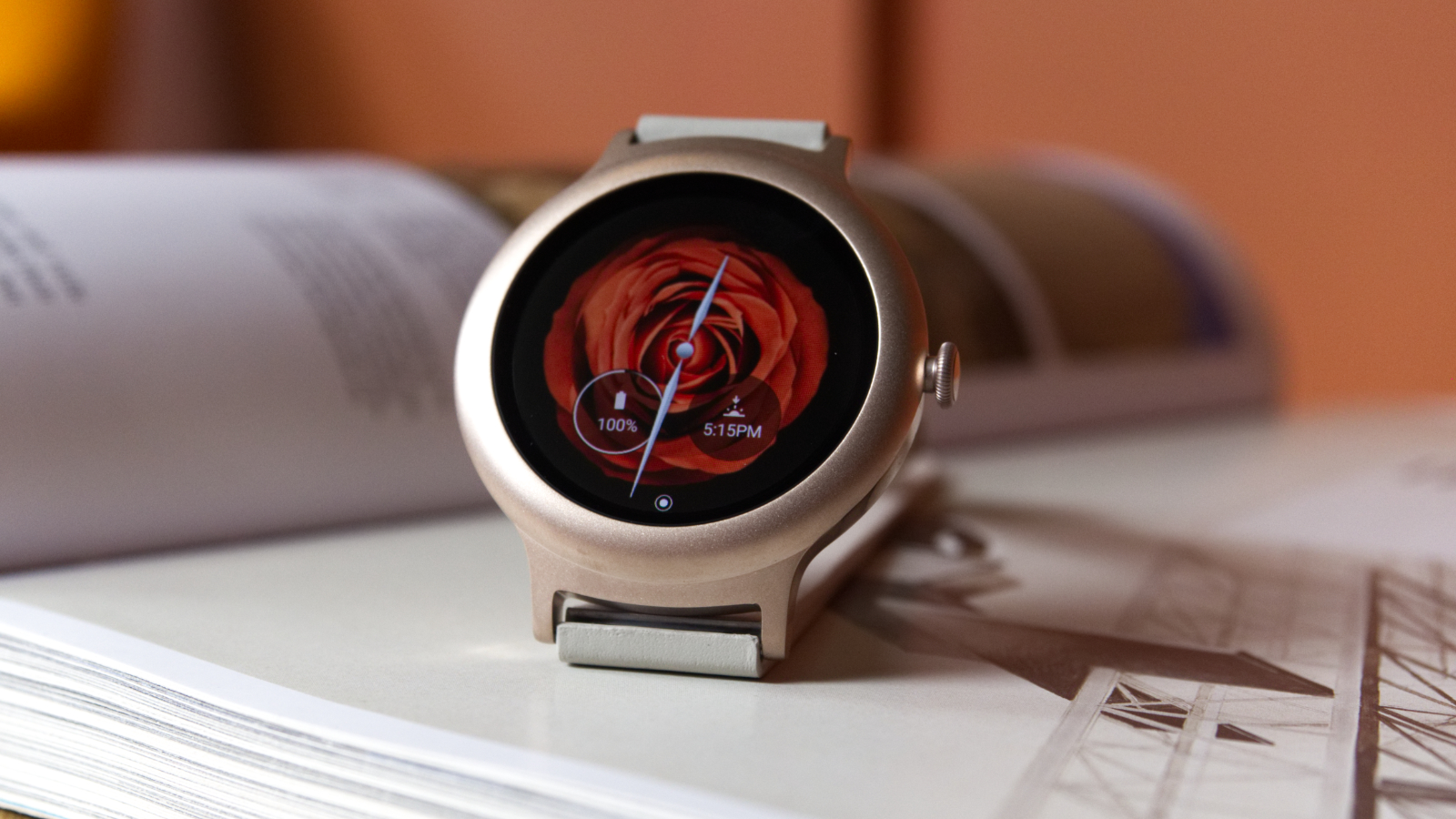
With the update to Android Wear 2.0 it's now better than ever at this, as the interface, while still very familiar to anyone who's tried out the first generation of Android Wear, has been refined.
It's based on the latest version of Material Design, leading to flatter icons and darker themes, and making for a far more readable interface - which is great, as no-one wants to be staring at their wrist for minutes on end.
Notifications also look better than they did before, appearing as a small icon that you can tap to expand, rather than instantly filling the whole screen. And they're often on a darker background than before, which can help save battery life.

It's easy to navigate too. Swiping left or right from your watch face will let you change it, while swiping up will display your notifications, swiping down will show quick settings like airplane mode and do not disturb, as well as a shortcut to the main settings screen, and pressing the main button will display your apps list.
You can long press an app to favorite it and have it appear near the top of the list, and if you have a watch with a rotating bezel or crown this can now be used to navigate Android Wear.
Much of what Android Wear pushes to view is just a copy of the notifications you're used to seeing on your phone. But it also delivers some thoughtful, personalized notifications. Traveling to a new city? It will automatically set you up with the weather there, as well as back home.
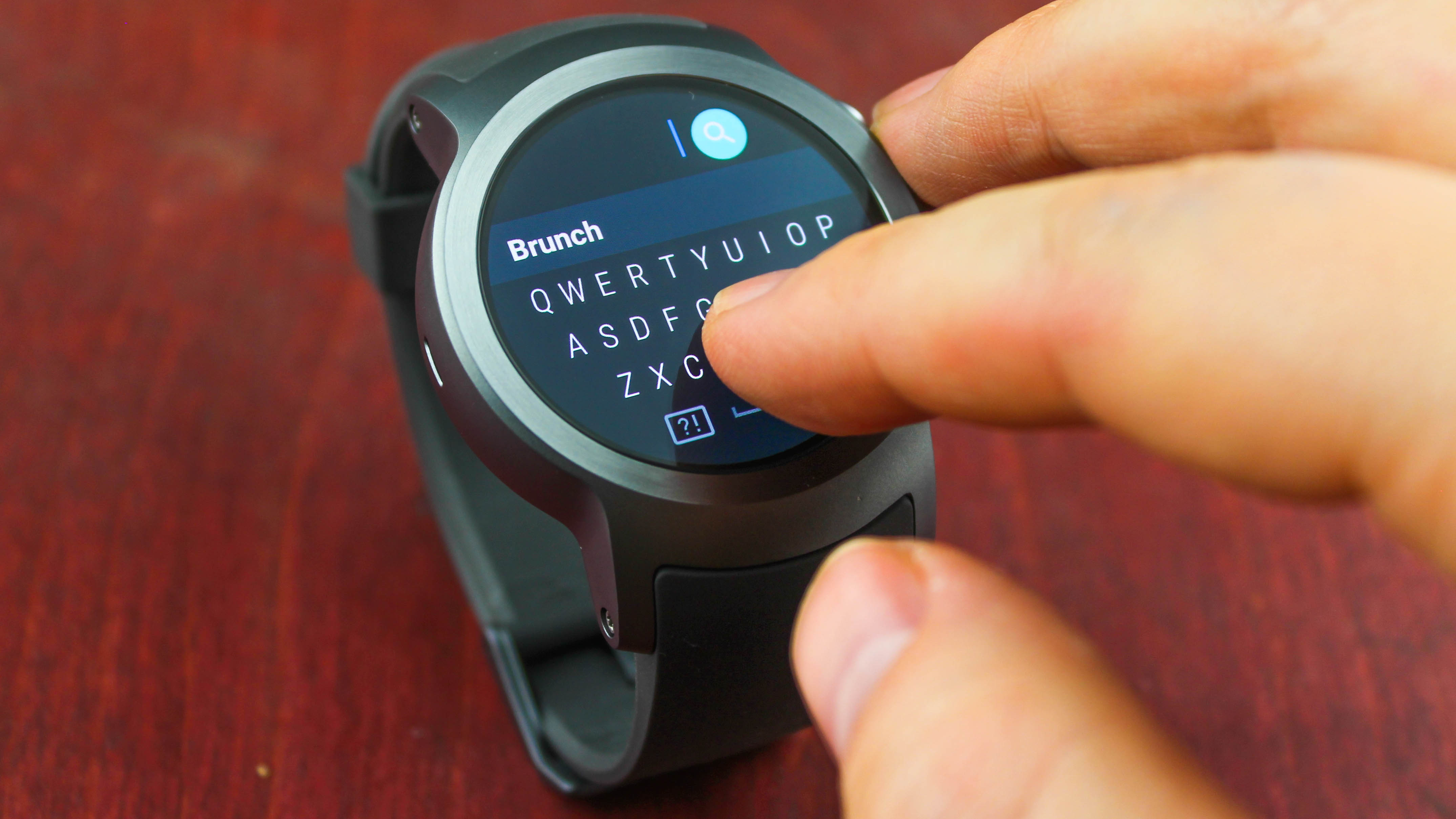
Just as slick, Android Wear figures out which sports team you like based on your Google searches and provides real-time sports scores.
It does the same for directions to addresses you've recently looked up or appointments in your calendar. "It's 34 minutes to work with light traffic on the US 101-S."
These just-for-you cards are one of the high points of Android Wear. It makes it feel like it's more than just a simple supplement to your phone.
You can also send messages and type out notes from your wrist, using either app and context-specific "Smart Replies", a keyboard that you swipe across to type, handwriting, or dictating with your voice.
And, if you have a watch with NFC built-in, you'll also be able to make use of Android Pay direct from your wrist.
Music has also been improved, as you can now stream tracks from Google Play Music without having your watch connected to your phone, just as long as there's either a Wi-Fi connection or you have a watch with LTE.
Android Wear customization and complications
We mentioned above that you can change your watch face with a swipe, and with hundreds available right now and third parties able to create more there are plenty to choose from. For inspiration, check out our list of the best Android Wear watch faces.
But that's not where the customization stops, as with Android Wear 2.0 there are also 'complications'.
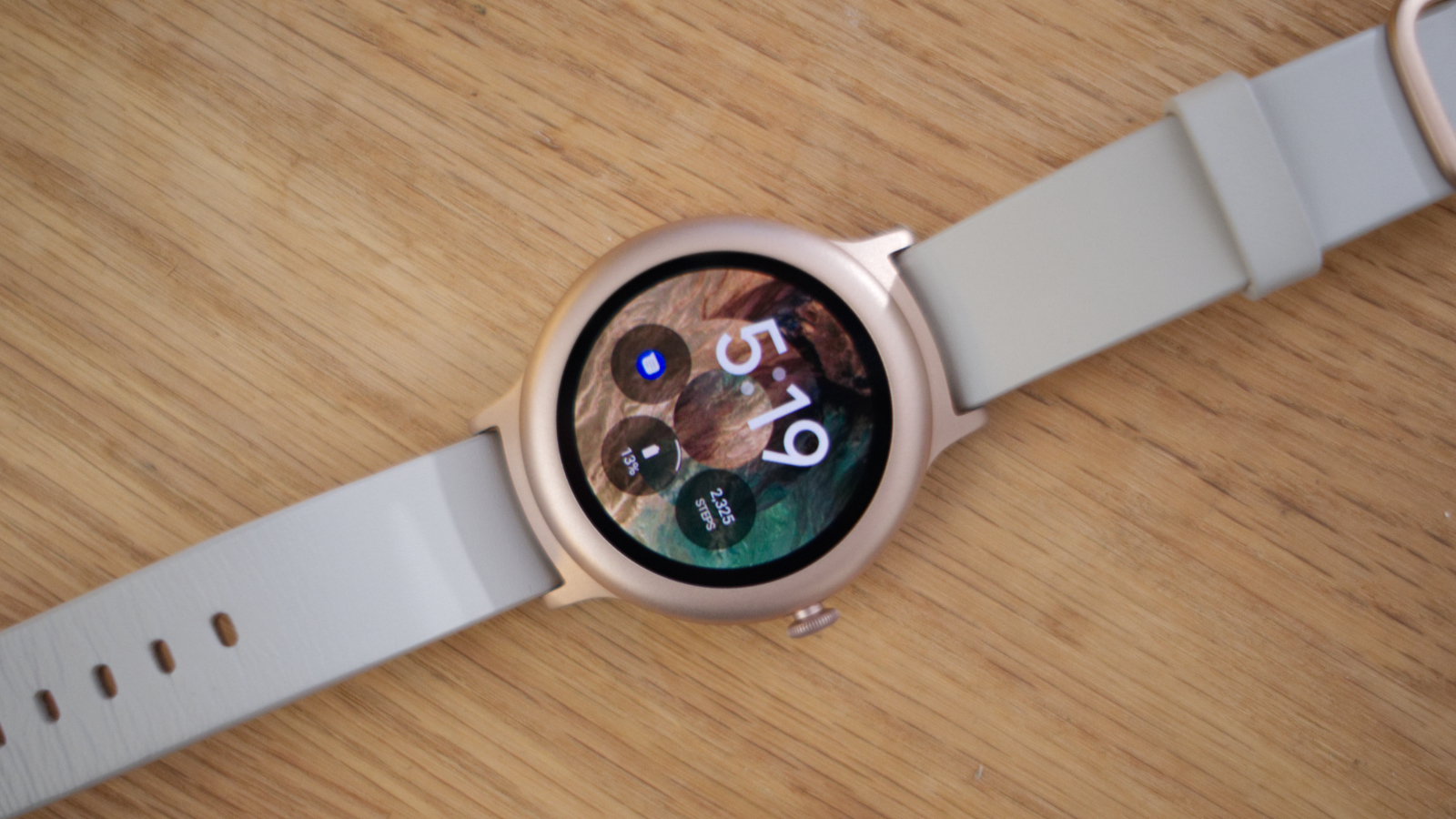
These are essentially tiny widgets, which could add your battery life, activity goals, calendar events or any number of other things to your watch face, so you can always see them at a glance, without having to swipe around on the watch - or worse - take out your phone.
And many faces allow you to add multiple complications, or to tweak the colors and layout of the face itself.
You can also set up multiple faces with different designs and complications and easily swap between them at any time with a swipe to the left or right.

Android Wear voice recognition
While swipes and other gestures are arguably the main way you'll interact with Android Wear, you can also use voice commands.
All Android Wear smartwatches respond to the simple voice command "Okay, Google", or you can get to the same place by holding down the power button. And with Android Wear 2.0, it's Google Assistant that responds.
This is the new and improved version of Google's voice-controlled AI, and in many ways it's stronger than Siri (which the Apple Watch relies on). A key advantage of Assistant is that it understands context, allowing you to ask follow-up questions.
So, for example, you could follow up "how old is Barack Obama?", with "show me a picture of him" and Assistant will understand who you mean by "him", allowing for more natural communication.

You can do almost as much from your watch with Google Assistant as you can from your phone, as things like looking things up on the the web, pulling up a song, displaying your daily steps, taking your heart rate, making a new reminder, navigating to a place, or setting a timer or alarm are all possible. It even generally does a good job of sending texts and emails.
All things considered, Google Assistant is often the easiest way to get thing done on your watch, and often also easier than turning to your phone.
Android Wear apps, compatibility and phone-free use
If apps are what you're after, Android Wear has plenty to choose from – and that list is constantly growing.
They're typically stripped back versions of their smartphone counterparts, giving you easy access to core features and removing anything that wouldn't work well on your wrist.
For example, the Spotify app lets you skip and pause tracks that are playing on another device, Google Maps brings turn by turn navigation to your wrist, Tinder offers all the same swipey fun as the smartphone version, and Shazam can identify songs using your wearable's microphone.
And those are just a few examples among the many, many available apps. The selection doesn't rival Google Play on your phone, but it's decent.
But while Android Wear version 1 required you to download the apps from your phone, with Android Wear 2.0 you can access a version of the Google Play Store directly from your watch.

This makes adding apps easier and means you can have apps on your watch that aren't on your phone (and aren't forced to carry around Android Wear versions of all the apps that are on your phone).
These standalone apps are also faster than the phone apps of old, and if you're using an iPhone you'll now be able to download apps to your Android Wear watch.
New faces can be downloaded directly to your wrist too, which goes a long way to taking the phone out of the equation, and making the platform viable for iPhone users, though some features, such as Android Pay, still require an Android handset.
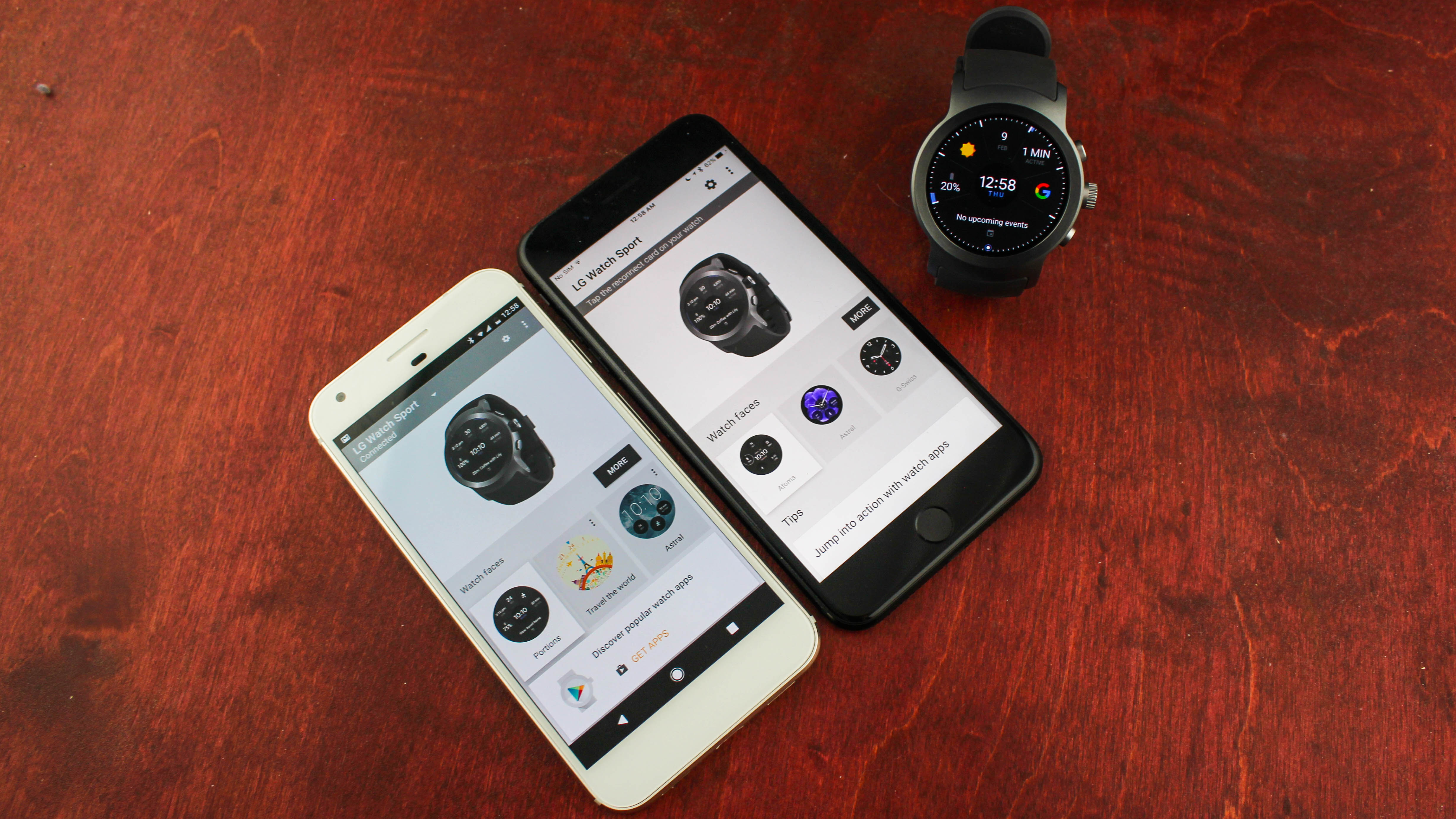
Android Wear is compatible with phones running Android 4.3 or above and with iOS 9 or above.
How much you can get done while leaving your phone at home really depends on which Android Wear watch you have though. Grab one with LTE and GPS and leaving your phone at home becomes a realistic scenario.
- Check out our list of the best Android Wear apps
Android Wear fitness
One of the key app categories on Android Wear is fitness, and like so many other things this has been improved for Android Wear 2.0.
That's largely thanks to Google Fit, which has been updated too, and now offers a wider range of workouts with which you can punish yourself. The selection ranges from basics like walking and running to the likes of treadmill running, aerobics, and stair climbing machine.
Beyond the list of activities, you can also drill down into the things you want to focus on, be it time, pace or calorie burn for example.
Google Fit also supports a number of 'complications', so you can add widgets to your watch face for step counts or other metrics, as well as shortcuts to favorite workouts.

And even if you're not a workout fiend and just want a basic fitness tracker, Google Fit and Android Wear 2.0 have you covered.
You can pick from a set of three goals, namely taking 10,000 steps each day, being active for 30 minutes, or running three times a week, and if none of them are a good fit you can customize your own.
Of course, you're not limited to just Google Fit, you'll also find the likes of Endomondo, Strava and Runtastic Pro available for your Android Wear smartwatch.
These don't offer the full range of features afforded by their smartphone counterparts, but they track your activities and in some cases can do so without even being connected to your phone.
Exactly what you can track will largely depend on which watch you own though, as while some, like the LG Watch Sport, include a heart rate monitor, barometer and GPS, others don't.
- Wondering if the grass is greener elsewhere? Here's all you need to know about watchOS 4
Android Wear watches
While Android Wear software is uniform across devices (with the exception of a few exclusive apps and watch faces), the hardware can vary quite a lot. Screens can be square or circular and smartwatch designs range from fitness-focused to smart and classy.

You can check out the latest and greatest devices in our list of the best Android Wear smartwatches, but highlights include the LG Watch Sport, which is packed full of features including GPS, a heart rate monitor and even mobile connectivity, the LG Watch Style, which pares back the features for a sumptuous finish, and the Asus ZenWatch 2, bringing you Android Wear on a budget.
We've also seen more watches arrive throughout 2017, such as the Fossil Q Venture, Fossil Q Explorist and Misfit Vapor.
And looking ahead we're sure to get sequels to many of these watches, plus some complete originals.
James is a freelance phones, tablets and wearables writer and sub-editor at TechRadar. He has a love for everything ‘smart’, from watches to lights, and can often be found arguing with AI assistants or drowning in the latest apps. James also contributes to 3G.co.uk, 4G.co.uk and 5G.co.uk and has written for T3, Digital Camera World, Clarity Media and others, with work on the web, in print and on TV.